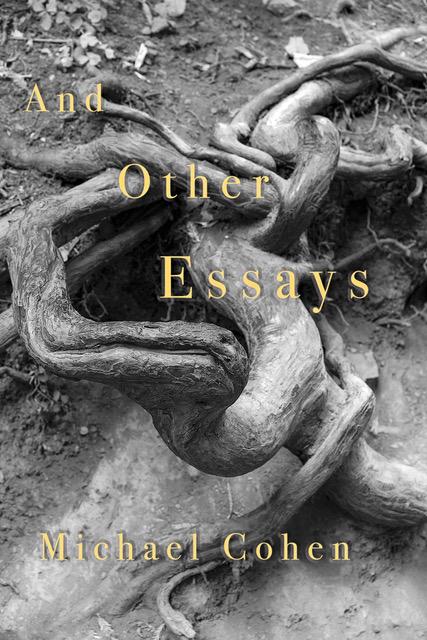Bartholomew Gill is a pen name for Mark McGarrity, whose 1989 mystery The Death of a Joyce Scholar is the eighth and probably the best of McGarrity’s Dublin mysteries. The series, which features Chief Superintendent Peter McGarr of the Dublin Murder Squad, began with McGarr and the Politician’s Wife in 1977 and ended with the author’s death in 2002. MacGarrity was not, like his main character, a native Dubliner; he grew up in Massachusetts and went to Brown University. He fell in love with Dublin while in graduate school at Trinity College. For years he had divided his time between Dublin and New Jersey, where he wrote a regular outdoors feature column for the Newark paper. It was in New Jersey where he died in 2002. He had locked himself out of his second-story apartment and, when he tried to get in through a window, he fell.
The title, The Death of a Joyce Scholar, makes McGarrity’s book sound like a literary mystery, but it isn’t really, although its murder victim was not only a Joyce scholar at Trinity College but a performer and guide in the Bloomsday tours that reproduce the route taken around Dublin by Joyce’s main characters in Ulysses. In fact, the scholar’s wife seeks out McGarr because he is not a literary type like her husband’s colleagues, but rather, as she says, “one of us,” meaning a Dubliner from a working-class background like her husband and herself.
This “us versus them” attitude becomes a theme in the book. The scholar’s wife and her women friends have an exclusionist feminist view of the world. The Trinity College literature crowd has an “us or them” attitude that can destroy promising graduate students, an ironic elitism--since Fergus Flood, seemingly the most Irish of the Trinity professors, is a transplant from the American Midwest. The new cop in McGarr’s squad, Ruthie Bresnahan, is concerned about fitting in with the others because of her gender and her Kerry origin. McGarr is supremely at home in the murder squad but uncomfortable in his young wife’s artist crowd as well as in the literary world his investigation throws him into.
Eventually McGarr reads Ulysses, which he’s never done before. He doesn’t find it a key to solving his murder, but he thinks its snapshot of 1904 Dublin still depicts the city he grew up in. The city is almost like another character in McGarrity’s book, as it is in Joyce’s.
The Death of a Joyce Scholar contains perhaps the most imaginative use of the mystery convention of recounting in the middle of the book what we know about the case so far: one cop, Ruthie Bresnahan, details the case so far to another cop as he’s undressing her. Joyce, Dublin, murder, sex . . . what more could you ask for? I think you’ll like it.
